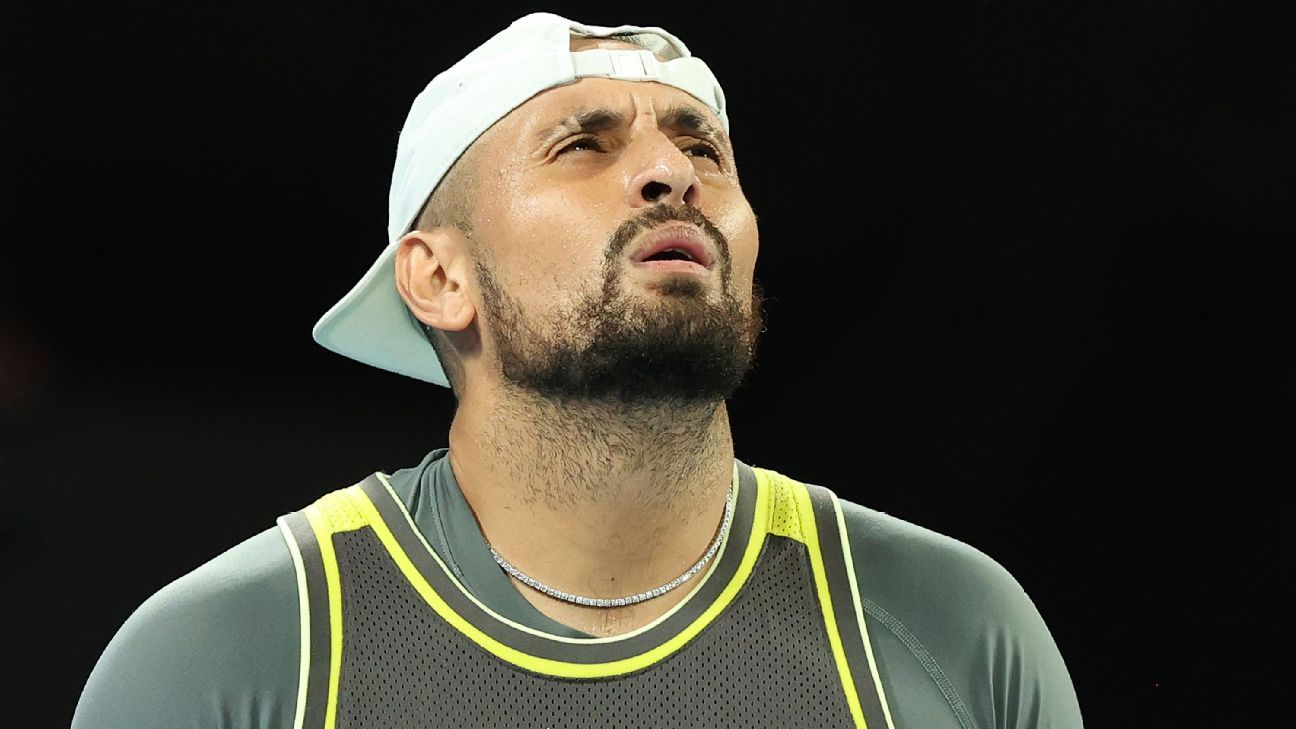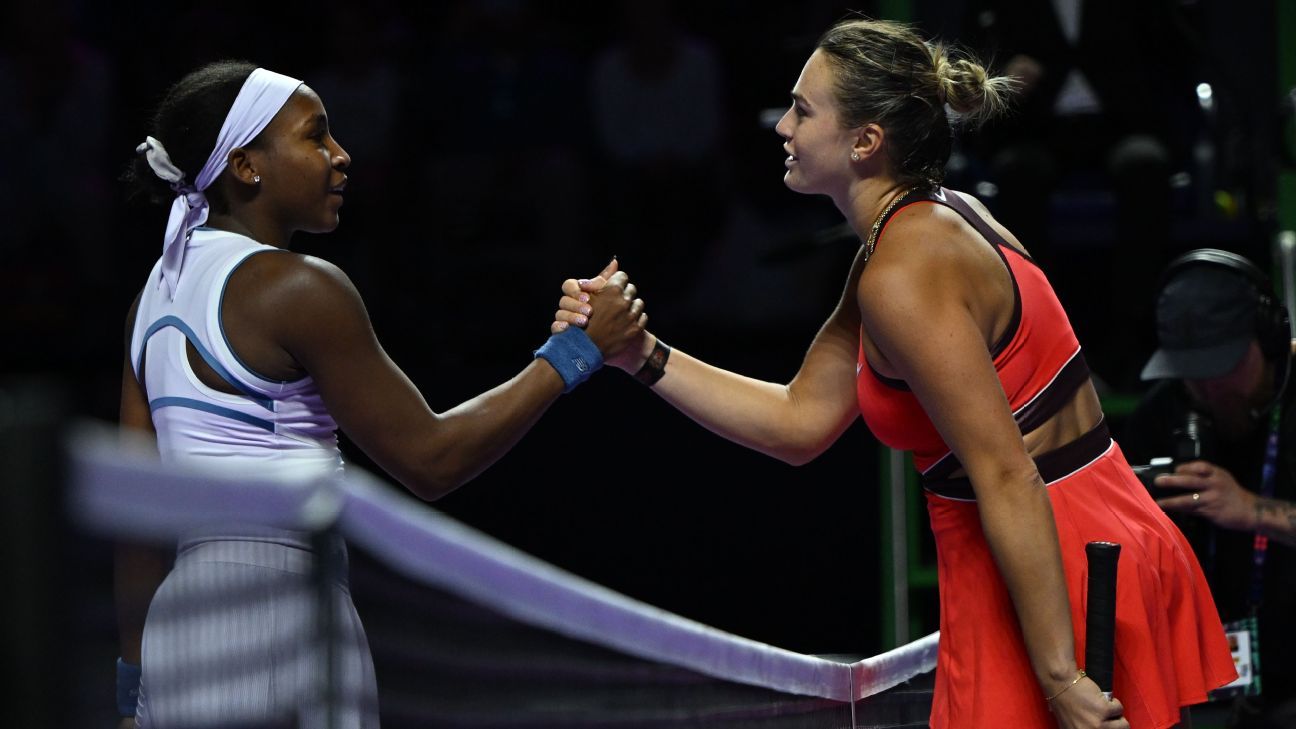Djokovic climbs the stairs of legacy and rivalry
With the indoor hard courts of Athens awaiting, Novak Djokovic reflects on the mental toll of holding the top spot, the fire of timeless rivalries, and the quiet joys that keep him grounded amid a career of unyielding pursuit.

Novak Djokovic towers in tennis lore, his 428 weeks as the PIF ATP Rankings' undisputed leader a mark that echoes across all sports. This Serb has not only claimed records but absorbed life's rhythms into his game, turning every rally into a lesson in resilience. As he tunes up for the Vanda Pharmaceuticals Hellenic Championship, his words cut through the baseline haze, revealing a mind that thrives on the grind.
Embracing isolation at the summit
The throne of world No. 1 delivers a rush laced with solitude, where Djokovic feels the weight of being pursued rather than the pursuer. That shift demands a tactical mindset, one that reframes defense as creation—approaching each hard-court point in Athens with the hunger of a challenger, not a guardian of points. Passion ignites the dedication to sustain it, transforming potential loneliness into fuel for extended crosscourt exchanges that wear down aggressive returns.
Fatherhood sharpens this focus, teaching the art of presence amid chaos, much like locking into a one–two pattern during a tense deuce. Children demand full immersion, forgiving slips and pushing forward, qualities that mirror resetting after a down-the-line winner sails wide on the quick indoor bounce. His simple ritual of savoring an acai bowl offers a counterpoint, a sweet pause before diving back into the vortex of match prep.
It feels great, but it also feels a bit lonely and you feel like you are a hunted one, so it changes the perception and the approach. Obviously it’s the ultimate achievement. Being No. 1 in any sport, in any profession, is the ultimate achievement.
Reliving the fire of defining matches
The 2012 Australian Open final against Rafael Nadal endures as the longest Grand Slam showdown, a near-six-hour torrent of inside-in forehands and resilient slices on Melbourne's unyielding surface. That epic tested limits, with Djokovic varying pace to disrupt Nadal's topspin loops, turning the court into a prolonged chess match of positioning and recovery. Fast-forward to 2019, and the Wimbledon final opposite Roger Federer crackled with grass-court drama, where low bounces forced sharper angles and proactive serves to evade net rushes.
Yet he crowns the 2019 Australian Open final over Nadal as his sharpest display, straight-sets dominance fueled by deep returns and crosscourt redirection that neutralized heavy balls amid soaring execution. These battles, rich with psychological undercurrents, inform his current edge—handling late-season fatigue by channeling that same unbreakable will. Against towering serves, he'd borrow from giants like Ivo Karlovic or John Isner, those 6-foot-10-plus booms shortening return windows on faster hard courts.
The best match I ever played would be probably the final of the Australian Open against Nadal in 2019. I beat him in the final in straight sets and the level of tennis was really high.
Success stems from this devotion, a love for the sport that powers drills tailored to surfaces—from clay's sliding underspin to hard's flat precision. Stan Wawrinka emerges as his pick for most underrated, a three-time major champion whose one-handed backhand slices have outshone over 90 percent of the tour's history, often fading in the Big Three's shadow. Coaching his younger self, Djokovic would stress patience in the long game, balancing hard work with life's joys to avoid the burnout of endless circuits.
Fueling dreams amid fresh rivalries
To young dreamers, he preaches belief without bounds, letting imagination soar like a visualized inside-out forehand clearing the highest stretch. This stems from his own roots, nurturing creativity to chase visions on any terrain, from Wimbledon's slick grass to the Australian Open's gritty plexicushion. A hand-painted family portrait ranks as his prized gift, anchoring the professional storm with personal warmth.
His mantra captures the essence: no shortcuts to glory, just steady stairs climbed through dedication. Evoking history, he'd spectate a Borg-McEnroe clash, marveling at wooden rackets' constraints on topspin heft, a far cry from today's tech-driven power over 50 years of evolution. No result haunts him; every twist forges the path, refining tactics like deeper returns after early stumbles.
There is no elevator to success, you have to take the stairs.
Rivalries with Federer and Nadal, spanning two decades, dwarf the budding sparks with Carlos Alcaraz and Jannik Sinner, 15 years his juniors yet already delivering blistering exchanges. Their 18-month duel—marked by Alcaraz's explosive drops on clay and Sinner's flat efficiency on hard—revitalizes the sport, pushing veterans to evolve defensive webs. He embraces the meticulous label from Nick Kyrgios, a nod to precise footwork that dissects weaknesses, whether countering aggressive serves or extending points with crosscourt depth.
In Athens' crisp indoor air, under lights humming with anticipation, Djokovic carries this wisdom forward. The Hellenic Championship's hard courts demand those surface tweaks—more down-the-line surprises to exploit even bounces, patient rallies to sap rivals' fire. As new guards rise, his presence ensures the chase endures, a beacon of endurance blending tactic, heart, and unclipped dreams into another layer of legacy.


